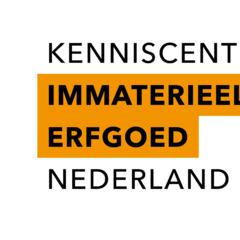The Drag Hunt is an imitation of the old tradition of par force hunting. A large, disciplined group of English foxhounds, the pack, follows an artificial fox trail of a few kilometres made by trail draggers in the outskirts of the Netherlands. The so-called Master Huntsman leads the drag hunt, while he is assisted by a few experienced horsemen. They are followed at some distance by participants, dressed in classic equestrian attire. The foxes and horses are trained throughout the year and the day before the hunt they are checked to see if they are in good condition for the drag hunt.
The trail leads the pack, the equipage and the riders through the local landscape, as a fox would do, while overcoming natural obstacles such as ditches, fallen trees, holes and hedges. The route is determined in advance in close consultation with landowners and users, taking into account the flora and fauna present. A drag hunt consists of three runs of seven kilometres, with a rest between the runs to catch one’s breath. After the third run, the dogs are rewarded with a cow's rumen. Then the hunt ends with the playing of hunting horn music.



